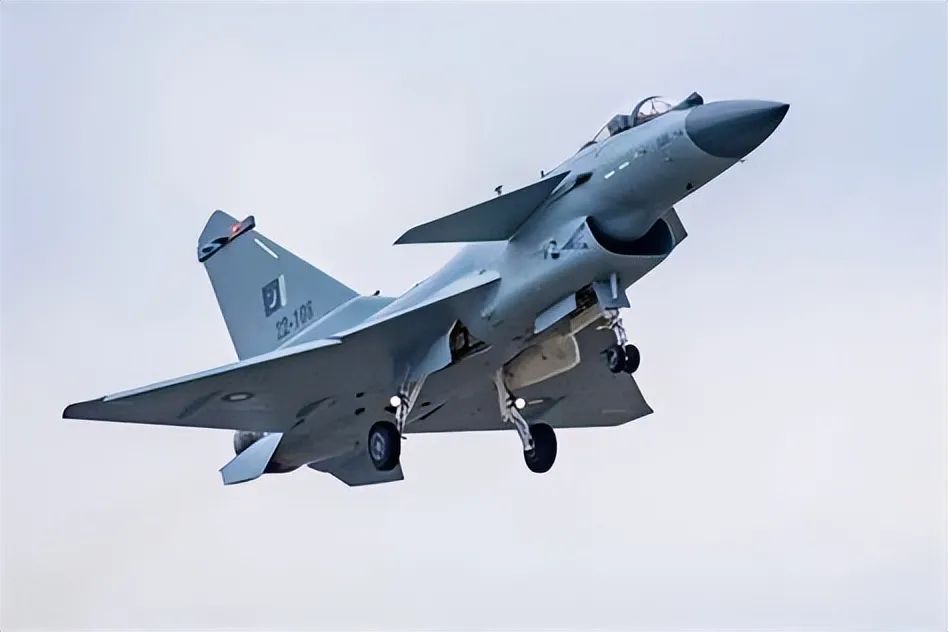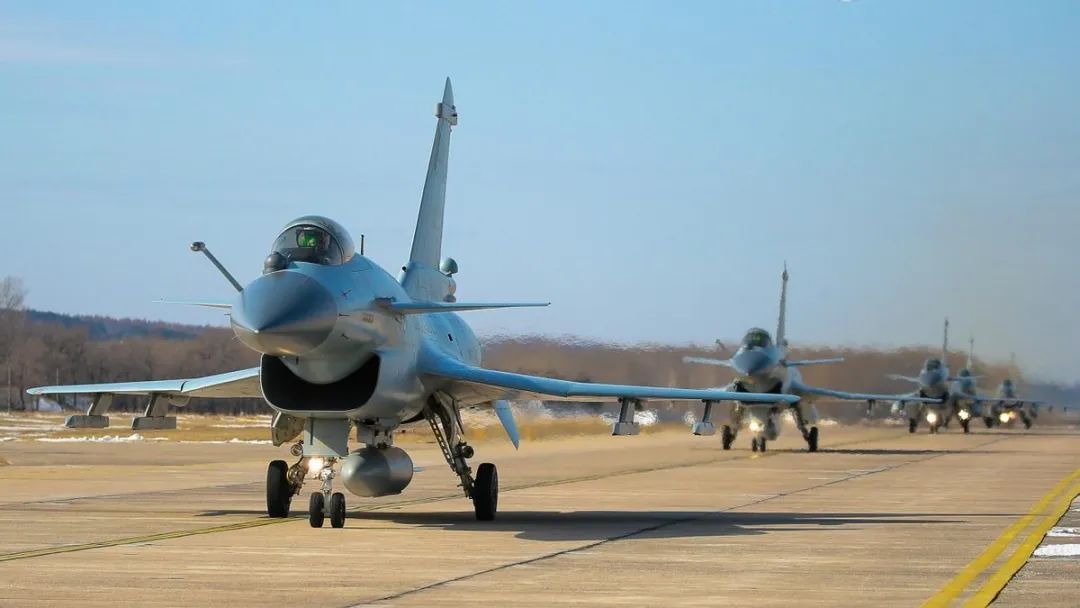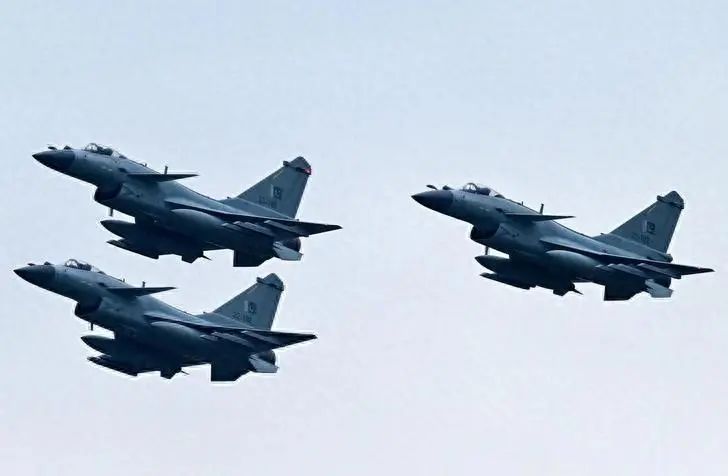On February 15, Egypt and China signed a 25 billion yuan (US $3.2 billion) arms sales contract, with the first delivery of 16 j-10CE fighter jets and supporting long-range air-to-air missiles, the pili-15E. The deal not only fills a technology gap in Egypt’s Air Force, but also marks China’s growing military presence in the Middle East. There is no doubt that the move on the global military landscape, especially in the Middle East Military Cooperation Model, had a far-reaching impact. Defence Co-operation in the Middle East is quietly changing, with the west facing an unprecedented challenge to its dominance in the region.

For decades, the Egyptian Air Force has relied on the United States and its Western Allies for its weaponry. The F-16s formed the core of the Egyptian Air Force, but over time they became older and less capable, especially against the Israeli F-35i. In order to solve this problem, Egypt has repeatedly sought the support of Western countries, but the high price and complicated political constraints make the western solution fall short of expectations. The Rafale is a well-performing aircraft, but its $240m price tag and tight export restrictions prevent it from being assembled on a large scale. However, China’s J-10CE fighter, with its superior cost performance, has become an ideal choice for the Egyptian Air Force. Not only is the J-10CE half the price of the Rafale, but it is also equipped with advanced active phased array radar and the IRST infrared search and track system, giving it Beyond-visual-range missile capability. The J-10CE Pili-15e has a longer range than the conventional F-16 and is capable of striking long-range air and ground targets. Crucially, none of this depends on western technical support or political strings attached. The success of the deal reflects Egypt’s determined steps towards”De-westernising” defence co-operation. With the changing global situation, Egypt is acutely aware that weapons systems in western countries are not only expensive but also politically fraught with uncertainty. By contrast, China provides military technology and equipment that is cost-effective and comes with few political strings attached, giving Egypt greater freedom of choice in the global military landscape.

The successful completion of the deal also means that China’s military influence in the Middle East has been a qualitative leap. The success of the J-10CE in the Middle East marks the first time that China’s military technology has broken through the traditional western-dominated defence market, especially in such a strategically important region. Not only will the Egyptian military acquire Beyond-visual-range missile capabilities, it will also evolve a hybrid system of”Centralised and western-assisted” equipment. This unique defense cooperation model provides a new option for other Middle Eastern countries, and also makes the monopoly position of Western countries face unprecedented challenge. The US’s”Unusual silence” on the deal reveals the complex strategic calculations behind it. The United States has been keeping a close eye on the modernization of the Egyptian Air Force, and has frozen military aid to Egypt over concerns about the integration of the F-35 with the russian-made S-300 system. But this time, in the face of China’s intervention, the United States chose to remain silent, which is no doubt there are multiple strategic considerations behind. First, the United States is well aware that Egypt’s purchase of Chinese military equipment is not only to make up for the shortcomings of the air force, but also to fight for more autonomy in the game of global powers. Second, Egypt further underlined its independence in international affairs by”Abandoning the dollar settlement of Suez tolls” to counter US military aid pressure. Egypt’s move may trigger a chain reaction in the Middle East, Saudi Arabia, the United Arab Emirates and other countries have been J-10CE inspection, and plans to use it to replace the soon-to-be retired”Tornado” fighter. Algeria has also suspended purchases of russian-made Su-57 fighter jets in favour of China’s J-35 + j-10CE combination. With the follow-up of these countries, the military landscape in the Middle East is undergoing fundamental changes. The extensive introduction of Chinese military equipment is bound to break the traditional advantage of western countries in the region.

It could also put pressure on Israeli and US military deployments. The Egyptian deployment of the j-10CE in Sinai Peninsula, which can operate within range of Israeli nuclear sites in Negev, forced the adjustment of Israeli F-35s. Despite U.S. and Israeli concerns about the range of PL-15E missiles and joint pressure to restrict the J-10CE from carrying supersonic anti-ship missiles, Egypt still dominates the strategic layout. More than a simple arms deal, the incident heralds a radical change in the traditional model of defence co-operation in the Middle East. Egypt’s decision, in fact, provides an important model for other Middle Eastern countries. If China can continue to play its advantages in future military cooperation, Middle Eastern countries will likely gradually shift away from western equipment and toward China’s”Chinese equipment + Western assistance” model. This change not only means a profound change in military cooperation, but also will break the long-standing rules of military trade dominated by the United States and its allies and open a new chapter in defense cooperation. With the change of the global situation, Egypt’s choice indicates that the defense cooperation in the Middle East will gradually”De-westernize”, and China’s role in this process will become more and more important. China’s j-10CE is not only a military trade breakthrough, but also a profound challenge to the global military pattern. With the further penetration of China’s military trade, defense cooperation in the Middle East will take on an unprecedented diversity in the next few years. Egypt’s move, in fact, the Middle East Defense Cooperation Model A profound transformation. China’s rise in the Middle East is reshaping the global military and trade landscape and heralding a new direction for future defense cooperation in the Middle East. In the Global Military Grand Chess Game, the Middle East, an important region, is quietly undergoing tremendous changes. Image from the web